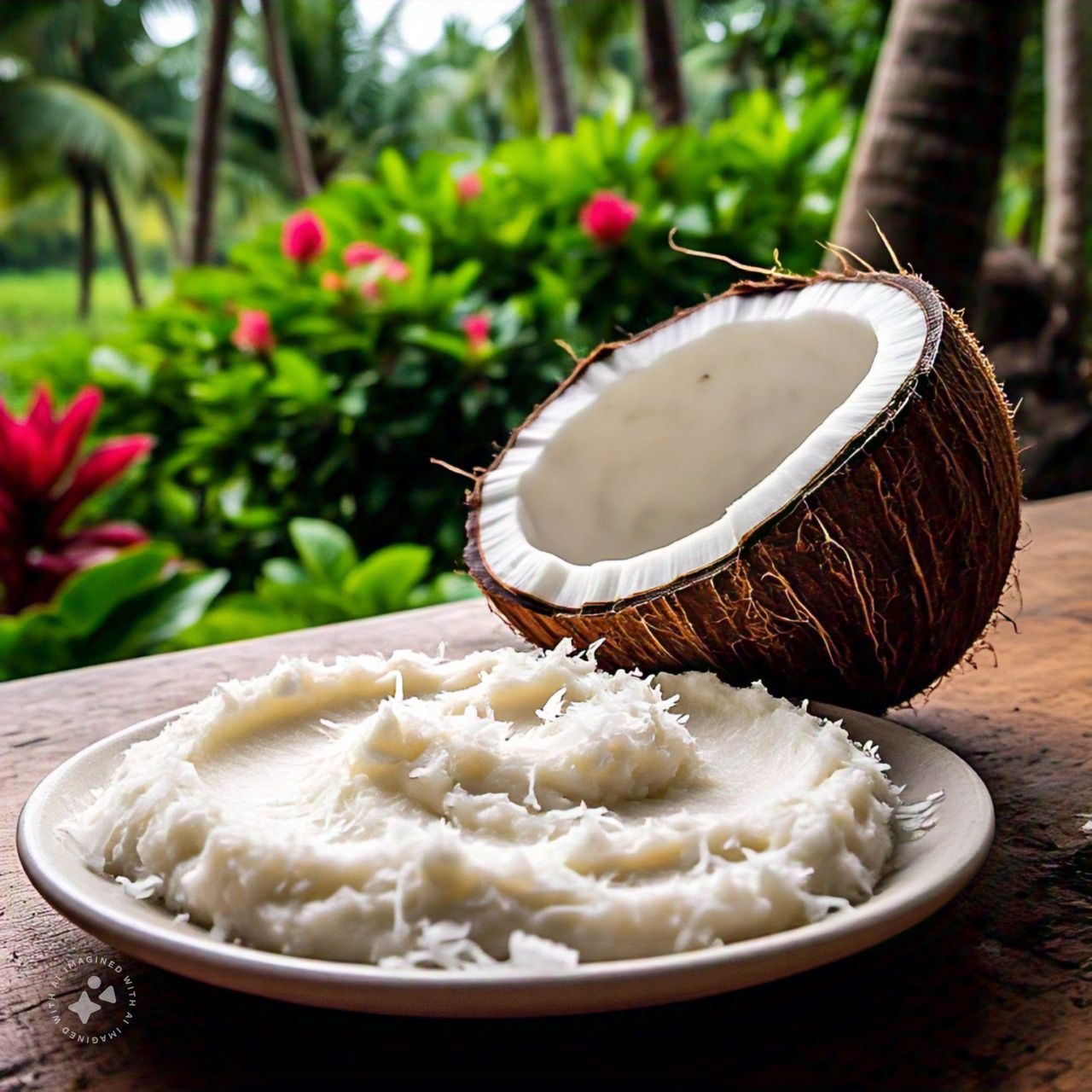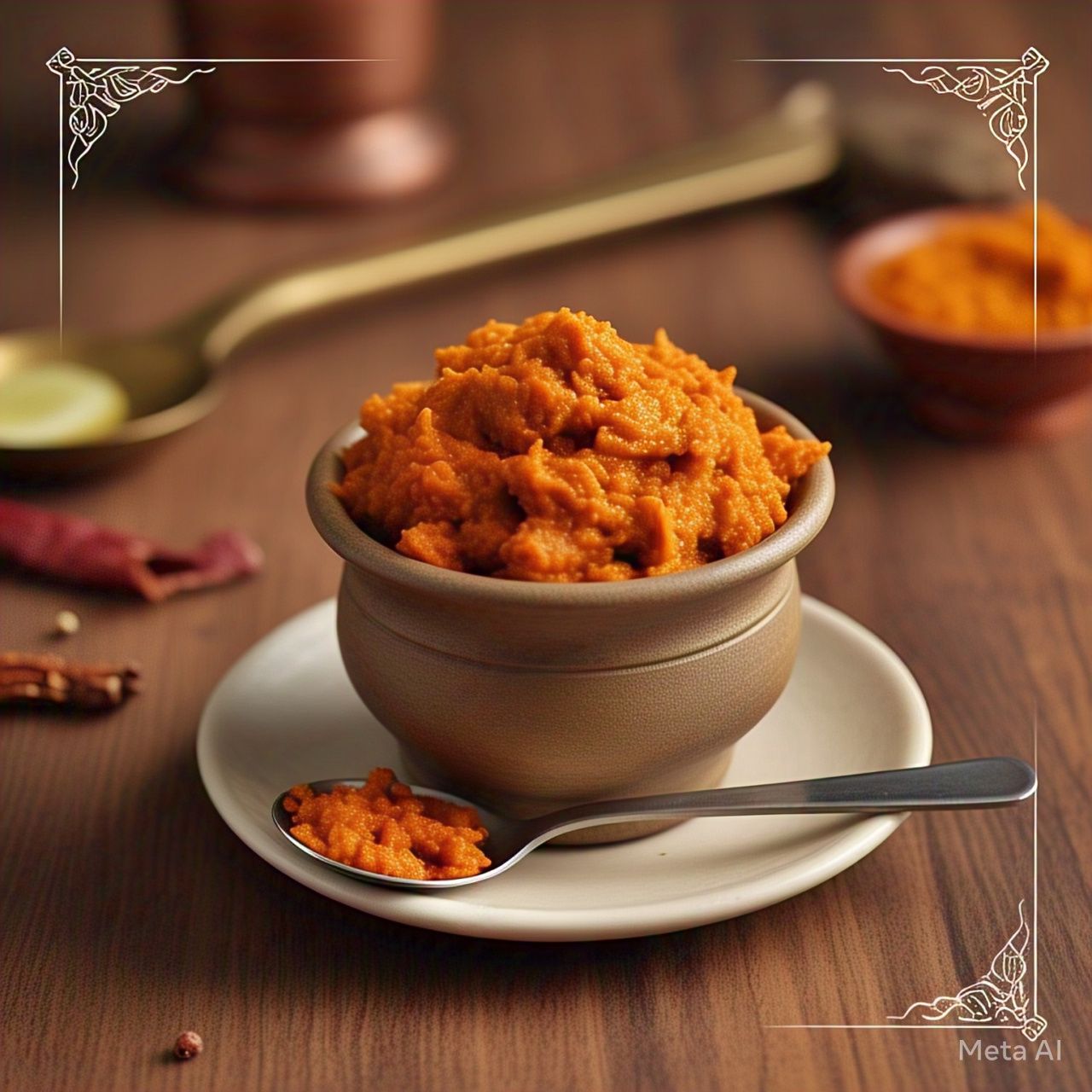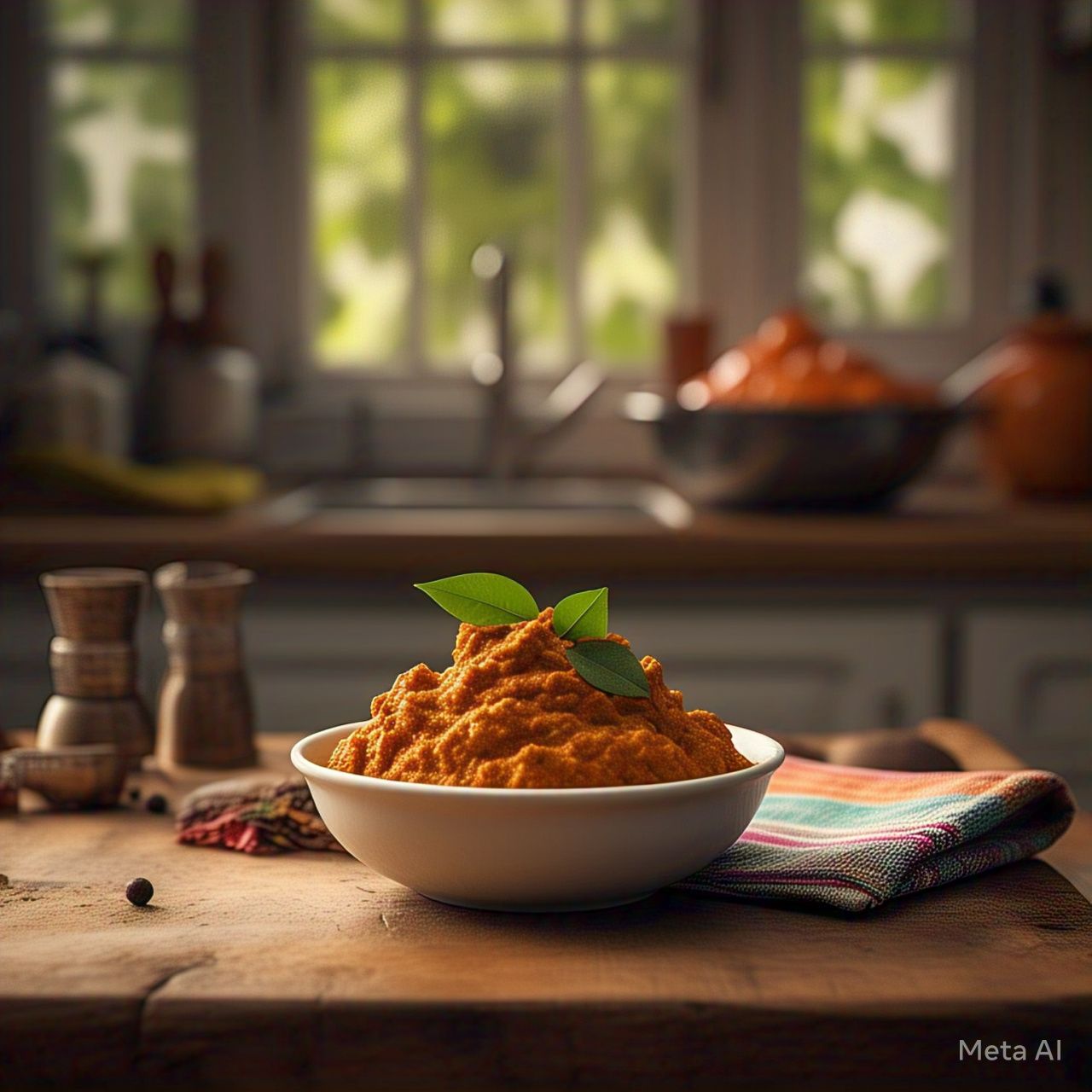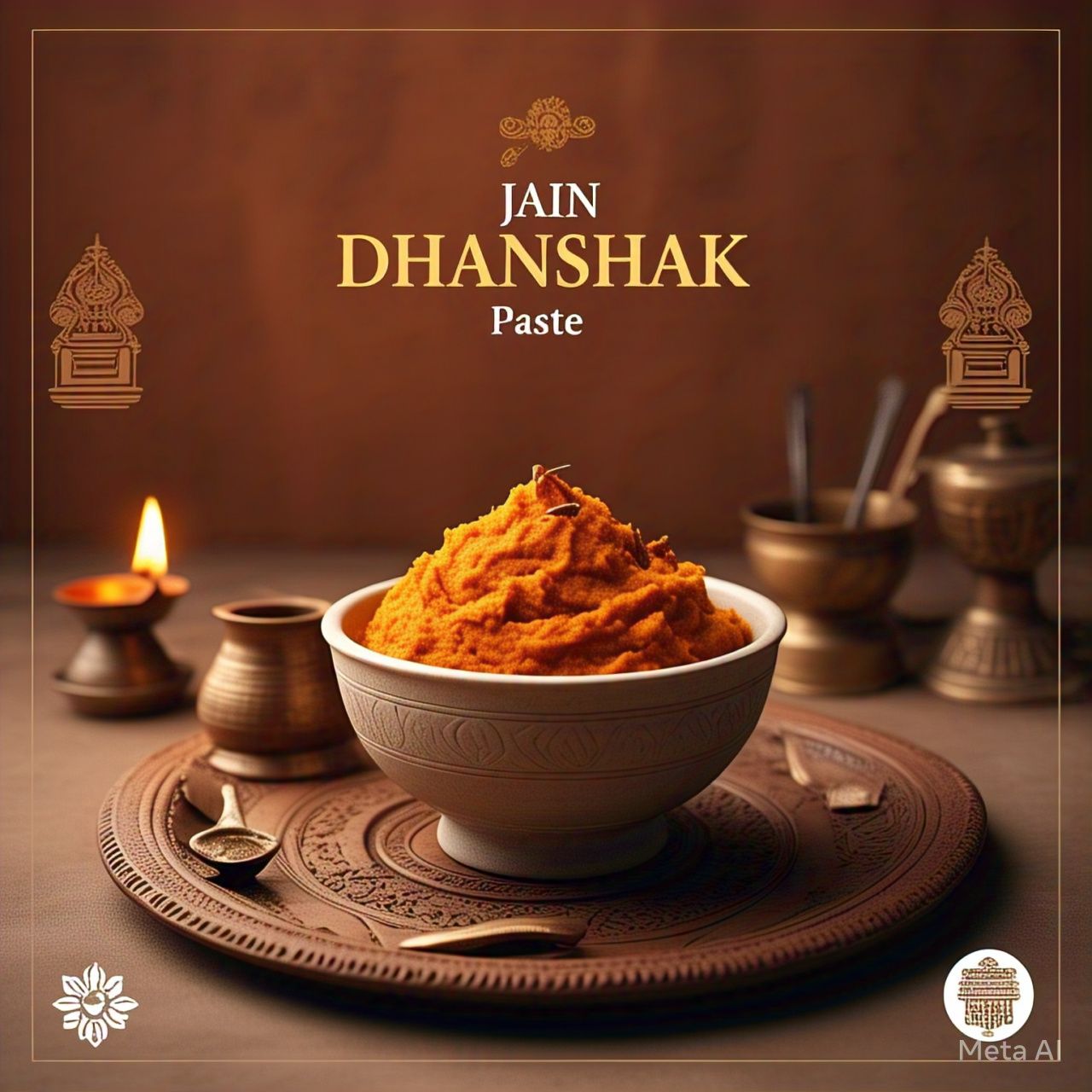Coconut paste is a staple ingredient in many cuisines, especially in Southeast Asian, Indian, and Caribbean dishes. It is known for its creamy texture, natural sweetness, and rich flavor, making it an essential component in both savory and sweet recipes. In this blog, we’ll explore the benefits, uses, and advantages of coconut paste, while also discussing how it impacts the environment and its growing popularity.
What is Coconut Paste?
Coconut paste is made from finely ground fresh coconut meat and is used to add richness, flavor, and texture to a wide range of dishes. It can be made at home or purchased from stores, and it serves as an excellent substitute for coconut milk or cream in many recipes.
Primary Ingredients in Coconut Paste:
- Fresh coconut meat
- Water
- Coconut oil (optional)
- Sweeteners (optional)
Key Benefits of Using Coconut Paste
Coconut paste has several advantages that make it a popular choice in many households and restaurants:
- Creamy Texture: Coconut paste adds a velvety smoothness to curries, soups, and desserts.
- Natural Sweetness: It provides a mild sweetness without the need for refined sugar.
- Rich in Nutrients: Coconut paste is a good source of healthy fats, vitamins (like Vitamin C and E), and minerals like potassium and magnesium.
- Dairy-Free Alternative: Ideal for vegan or lactose-intolerant individuals, coconut paste can replace dairy products in various recipes.
How to Use Coconut Paste?
Coconut paste is incredibly versatile and can be used in various ways in the kitchen:
For Curries and Stews:
- Coconut paste is commonly added to vegetable and meat curries for a rich and creamy texture. It pairs especially well with dishes like Thai curry and South Indian sambar.
In Smoothies:
- Add coconut paste to smoothies to give them a thick, creamy consistency while boosting the flavor.
Baking and Desserts:
- Use coconut paste in baked goods or desserts like cakes, puddings, and pies for added richness and sweetness.
As a Spread:
- Coconut paste can be used as a spread for bread, crackers, or as a dip for fruits.
Common Questions About Coconut Paste
1. Is Coconut Paste the Same as Coconut Cream?
No, while both are derived from coconut, coconut paste is thicker and has a richer texture compared to coconut cream. Coconut cream is typically made by pressing grated coconut, while coconut paste is a blend of coconut and water.
2. Can I Make Coconut Paste at Home?
Yes, making coconut paste at home is easy. Simply blend fresh coconut meat with water until smooth. You can adjust the consistency by adding more water if necessary.
3. Is Coconut Paste Suitable for Vegans?
Absolutely! Coconut paste is plant-based, making it an excellent choice for vegans and those avoiding dairy products.
Coconut Paste: Cooking Tips for Perfect Dishes
Here are a few tips to get the most out of coconut paste in your cooking:
- Adjust Consistency: If your coconut paste is too thick for your dish, simply add water or vegetable broth to reach the desired consistency.
- Storage: Keep coconut paste in an airtight container in the refrigerator. It typically lasts up to 5-7 days. For longer storage, you can freeze it in small portions.
- Flavor Boosters: Enhance the flavor by adding a pinch of salt, a dash of lime, or spices like turmeric and cumin.
- Pairing: Coconut paste pairs well with ingredients like turmeric, curry leaves, chilies, and tamarind, creating an ideal flavor balance.
Coconut Paste in Seasonal and Holiday Dishes
Coconut paste shines in many seasonal dishes, offering a creamy, festive touch:
- Winter Comfort: Coconut paste is used in comforting stews and soups during cold months, bringing warmth and richness.
- Holiday Desserts: During holidays like Christmas and Diwali, coconut paste is used in desserts such as coconut barfi and coconut cakes, adding a festive flavor.
Environmental Impact of Food Waste: How Coconut Paste Helps
Food waste is a significant issue globally, contributing to environmental degradation, greenhouse gas emissions, and wasted resources. By using ingredients like coconut paste, which have a longer shelf life compared to fresh coconut, you can minimize food waste. Coconut paste can be stored for weeks in the fridge, and when used in moderation, it reduces the need for frequent repurchasing, thus contributing to sustainability.
Comparing Coconut Paste with Other Coconut Products
While coconut paste is versatile, there are several other coconut products, each with its unique uses:
| Coconut Product | Use | Consistency | Best for |
|---|---|---|---|
| Coconut Milk | Soups, curries, and beverages | Liquid | Smoothies, desserts, sauces |
| Coconut Cream | Creamy curries, desserts | Thick and rich | Baking, creamy dishes |
| Coconut Oil | Cooking, skincare, haircare | Solid at room temperature | Frying, sautéing, skincare |
| Coconut Paste | Curries, baking, smoothies | Thick and creamy | Rich curries, spreads, desserts |
Final Thoughts on Coconut Paste
Coconut paste is a highly versatile and nutritious ingredient that can transform your cooking experience. Whether you're making curries, smoothies, or desserts, coconut paste adds richness and depth. It’s a great plant-based alternative for those looking to avoid dairy while still enjoying creamy textures in their meals.
By choosing coconut paste, not only are you improving your dishes, but you're also contributing to reducing food waste and supporting sustainable practices in the kitchen. Try it out today and discover the many ways it can enhance your recipes!





Share:
Everything You Need to Know About Chole Paste: Benefits, Uses, and Cooking Tips
Southern Pecan Pie Seasoning: The Perfect Flavor for Fall and Holiday Treats